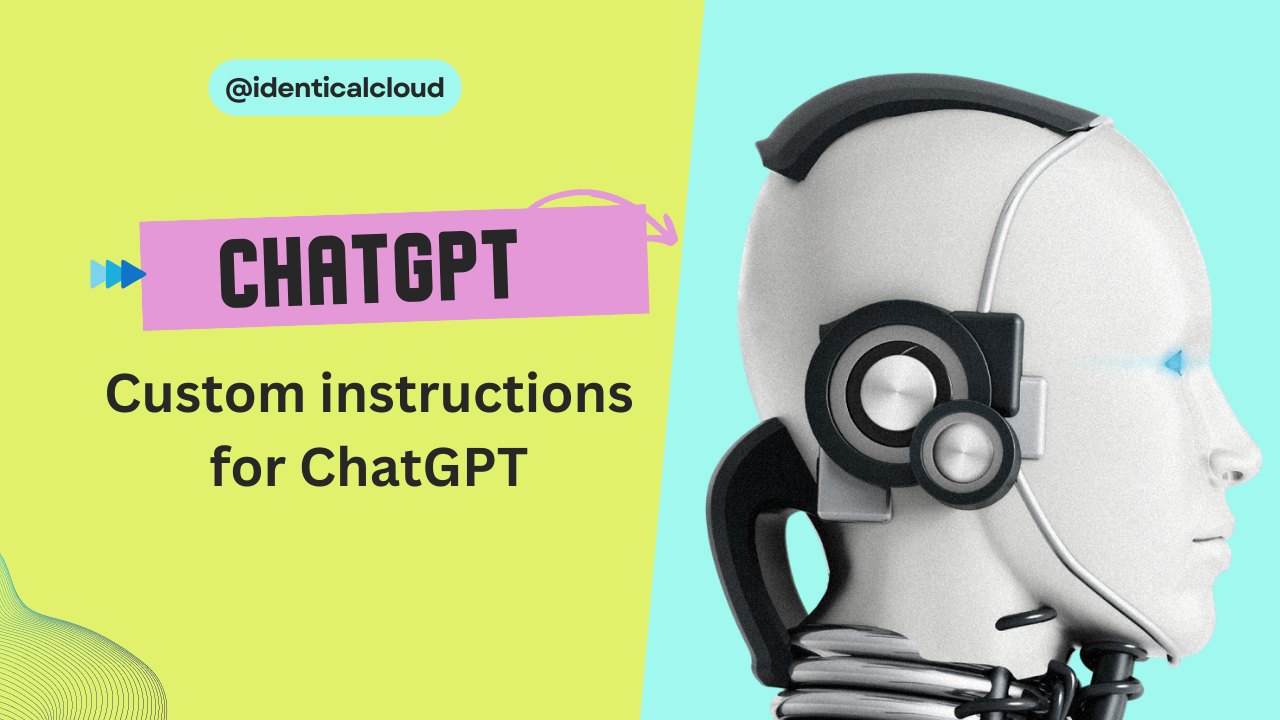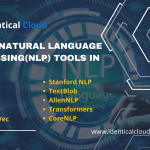
Custom instructions for ChatGPT
Custom instructions for ChatGPT
Chatbots and conversational AI have become increasingly popular in various industries, enhancing customer support, streamlining communication, and providing personalized experiences. One such powerful conversational AI model is ChatGPT, developed by OpenAI. While ChatGPT is proficient at generating human-like responses, it can be further customized to cater to specific needs and contexts. In this blog, we will explore the concept of custom instructions for ChatGPT, understanding their significance in tailoring AI responses, and exploring the process of fine-tuning the model to achieve more specialized conversational abilities.
What are Custom Instructions for ChatGPT?
Custom instructions are guidelines provided to the ChatGPT model during the fine-tuning process. These instructions help modify the model’s behavior, tone, and responses to align with specific requirements. By providing custom instructions, users can steer the AI’s output to be more in line with the desired outcomes, making it suitable for specific applications such as content generation, customer support, or creative writing.
Importance of Custom Instructions
- Personalization: Custom instructions allow AI-generated responses to be personalized to the user’s requirements, making the conversation more engaging and relevant.
- Domain-specific Adaptation: Fine-tuning with custom instructions enables ChatGPT to better understand and respond to domain-specific queries, catering to niche industries and user needs.
- Tone and Language: Custom instructions can be used to set the desired tone and language style for the AI, ensuring consistency with the brand’s voice and user preferences.
- Safety and Policy Guidelines: Custom instructions provide an opportunity to reinforce safety measures and ethical guidelines, preventing the AI from generating harmful or inappropriate content.
How to Fine-Tune ChatGPT with Custom Instructions?
The process of fine-tuning ChatGPT with custom instructions involves several steps:
- Define Objectives: Clearly outline the objectives of the fine-tuning process. Determine the specific tasks or conversational abilities you want the AI to excel in.
- Create Datasets: Prepare datasets containing examples of conversations or interactions that align with your objectives. Include both user inputs and corresponding desired model responses.
- Prepare Custom Instruction Prompts: Develop custom instruction prompts that guide the model’s responses toward the desired behavior. These instructions should be specific, clear, and tailored to your intended use case.
- Fine-Tuning: Use the prepared datasets and custom instruction prompts to fine-tune the base ChatGPT model. Train the model on the data while adhering to ethical and safety guidelines.
- Test and Refine: Evaluate the model’s performance with real-world user inputs and fine-tune as needed to achieve the desired conversational outcomes.
Best Practices for Custom Instructions
- Be Specific: Clearly outline the desired behavior you want the AI to exhibit, providing explicit examples and guidelines.
- Stay Ethical: Ensure that the custom instructions align with ethical and safety standards to avoid harmful or misleading content generation.
- Iterate and Improve: Continuously test and refine the model to improve its conversational abilities and align with user expectations.
Custom instructions for ChatGPT offer a powerful tool to tailor AI-generated responses to specific requirements. By providing clear guidelines and fine-tuning the model, users can achieve more personalized and contextually relevant conversations with the AI. It is crucial to maintain ethical and safety standards throughout the customization process to ensure responsible use of conversational AI. As AI technology continues to evolve, custom instructions will play a significant role in empowering conversational AI for a wide range of applications, from customer support to content creation and beyond.







